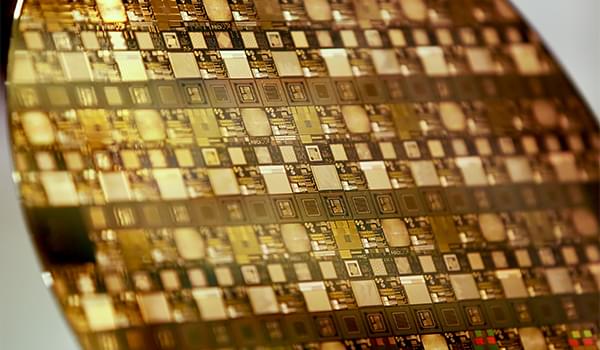Differences between MEMS and Conventional Semiconductors

MEMS has a 3D structure and moving parts, which is a major difference from ordinary semiconductors, including integrated circuits.
MEMS was created by combining semiconductors with mechanical structures, and has contributed to the development of industries. This section presents the differences between MEMS and integrated circuits, as well as the history of MEMS.
- Differences from Integrated Circuits (ICs and LSIs)
- What Is the Difference between Analog and Digital Semiconductors?
- History of MEMS
Differences from Integrated Circuits (ICs and LSIs)
MEMS and integrated circuits such as ICs and LSIs are all classified as semiconductor products. MEMS is basically a device with a 3D structure that has electronic circuits and mechanical elements on a single substrate.
On the other hand, ICs and LSIs are integrated electronic circuits without any mechanical elements, and they have far more transistors and other elements than MEMS, and they specialize in processing electrical signals.
To use a human analogy, if ICs and LSIs are the brains of information devices, MEMS is like the sensors (nerves) that transmit received information to the brain, and is also like the actuators (muscles) that work externally based on the information.
What Is the Difference between Analog and Digital Semiconductors?
There are two main types of semiconductors: analog semiconductors and digital semiconductors. The difference between the two is that analog semiconductors process and control continuous electrical signals, while digital semiconductors determine whether an electrical signal is a 0 or 1 (indicating “on” or “off”).
What Is an Analog Semiconductor?
Analog semiconductors are mainly used as an interface between humans and machines, reading continuous analog information such as volume, light intensity, temperature, and other parameters, and controlling and processing these parameters in detail.
Much of this data is analog, and analog circuits are indispensable in electrical circuits. However, analog circuits have the disadvantage of being affected by nearby electrical noise, which can cause deviations in numerical values, and even generate distortions from the circuits themselves.
What Is a Digital Semiconductor?
Digital semiconductors are digital processors that handle only 0s or 1s. The greatest feature of the digital semiconductor is that it can perform numerical processing for both software and hardware. The software side processing allows for flexible addition and modification of functions for easily enabling high-speed communication, data storage and compression, and error correction.
On the other hand, because the digital semiconductor can only handle sampled data (“0” or “1”), it is important to combine it with analog semiconductors that can handle continuous numerical values to achieve the desired functionality.
Fusion of Analog and Digital
Although analog and digital semiconductors have different functions, it is possible to convert analog data obtained from a MEMS sensor into digital data by integrating them in the same package. It is also possible to output analog data in analog form, depending on the intended use and requirements.
MinebeaMitsumi also offers analog semiconductors such as reset ICs, LDOs, and protection ICs, as well as analog/digital semiconductors with mixed analog/digital components such as built-in EEPROMs and microcontrollers.
History of MEMS
MEMS forms circuits and structures on a chip using a microfabrication technique called micromachining technology, which is an advanced fabrication technology for semiconductor integrated circuits.
Before the advent of MEMS, large sensors and actuators were used in combination with electronic circuits. Large components inevitably lead to larger products and increased manufacturing time and cost.
However, with MEMS, it is now possible to miniaturize products and manufacture parts that can be mass-produced more easily, which has greatly improved efficiency.
When one hears the phrase “a combination of semiconductors and mechanical structures such as micrometer-sized sensors and actuators,” it may sound like a high-tech, recent development. However, the history of this technology is long, and although there are various theories, it is based on basic technologies such as crystal anisotropic etching and anodic bonding that were established in the 1960s.
Around the 1970s, pressure sensors and gas analyzers (gas chromatography) were developed. Then, in the 1980s, with the growth of demand for inkjet printers due to the widespread adoption of personal computers, MEMS technology advanced and became popular as a component of ink-dispensing print heads and projectors.
More recently, with the advent of smartphones, MEMS technology has become increasingly prevalent in microphones, accelerometers, and other component devices.
